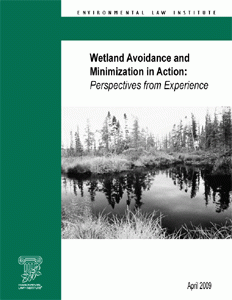Date Released
January 2013
This report (1) details the impact that water quantity law and practice has had on water quality, and likewise water quality rules on water quantity management; (2) analyzes the legal authorities of states and the federal government over water quantity and quality, respectively, and briefly recaps the current state of takings law relevant to appropriative rights and the Clean Water Act; and (3) identifies laws, policies, government structures, and other factors that can advance relationships between, and ultimately the outcomes for, water quality and quantity management.








